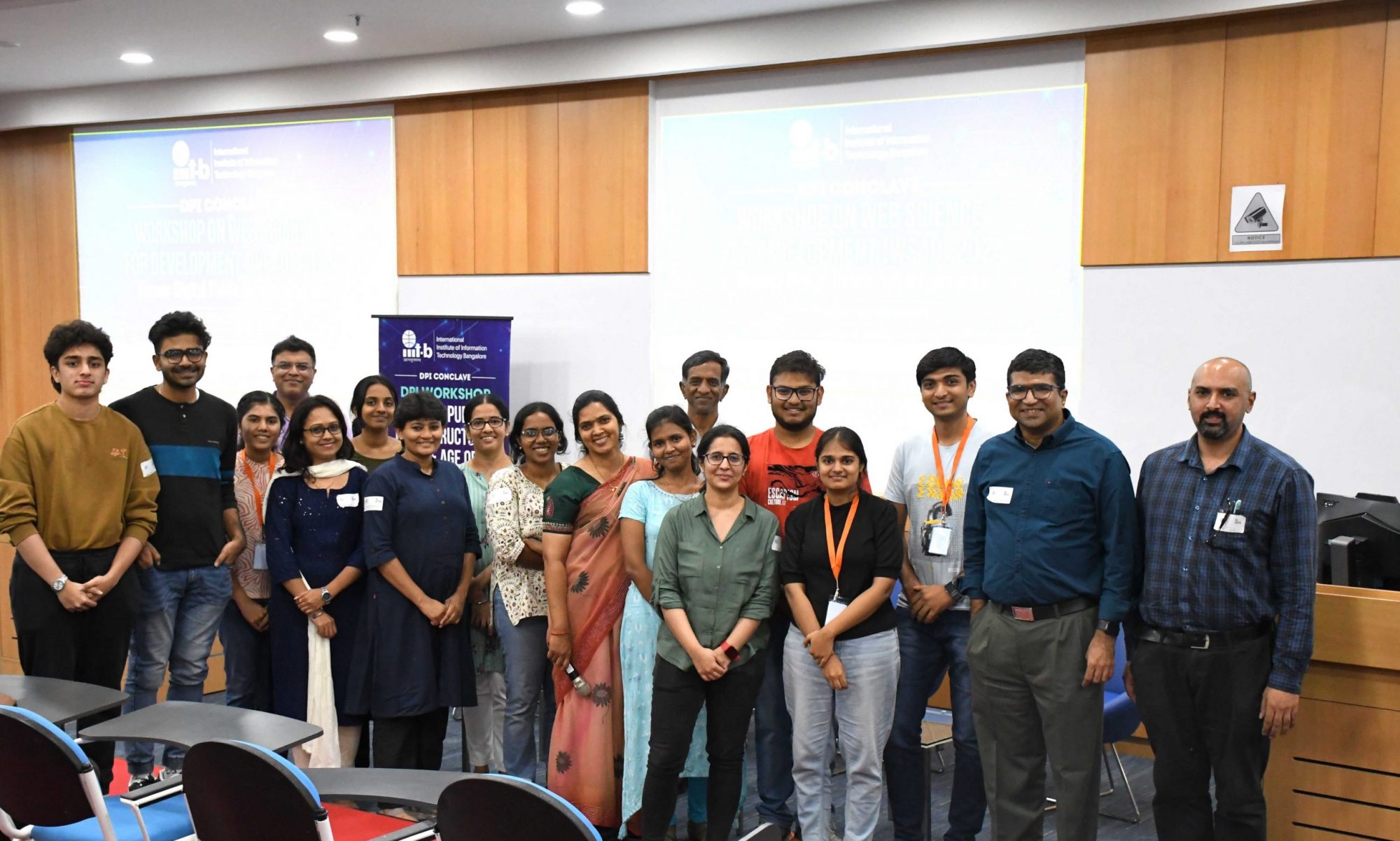Concept Note for the SafeCity Data Visualisation Challenge
WS4D Datathon http://cognitive.iiitb.ac.in/ws4d-datathon-and-phd-colloquium/
Data:
The key dataset(s) pertain to information gathered from India, and provided by the Red Dot Foundation.
- Reports: time, place, type of event, report
- MobileApp: time, place, type of event
Reference articles https://safecity.in/publications/research-papers/ pertain to the following topics:
- Use of ML/AI to find the type of event (touching/groping/sexual invites/commenting/etc.) from the reports; a study on the diverse forms of sexual harassment
- Street violence
- Gender-based violence in public transport
- Women’s strategies to address assault and violence
- Study of crowdsourced data
Challenge themes:
The following points are for processing data and analyzing it deliberately, and using the knowledge to create a compelling visualization as a narrative/summary (preferably) or a tool. The visualization (tool) must be shareable on social media to spread awareness and to inspire action against gender-based violence and others.
- Theme-Mythbusters: Time-related clustering/visualization or integration of time (time of day, evolution over time) with spatial and categories of crime – ( http://maps.safecity.in/ ): This will help us debunk the myths of where and when different kinds of sexual violence tend to take place. Hence, the challenge starts with picking/identifying a myth as a hypothesis, and demonstrating if the data confirm it or not.
- Theme-MirrorMirrorOnTheWall: Comparison of Indian cities with others in the world where data is available: this will give us a sense of India’s position in sexual violence across different parameters captured in the existing datasets. For example, do we see a concentration of specific kinds of violence in India? Such data help us make aware of specific social structures within which sexual crime takes place.
- Theme-Mash-up: Integration with other relevant datasets — police data, sex ratio, etc. available for a specific city. This will help us understand the overall situation of the safety and status of women in a city. Such data will be crucial in shaping institutional strategies for coping with the incidence of sexual violence.
For Theme-MythBusters, relevant myths (as a sample):
- Gender-based violence of all forms is highly prevalent in Delhi.
- Gender-based violence occurs in dimly lit streets and at night.
- Sexual violence and harassment occur only in very crowded or very deserted regions.
- Not many women get distressed with non-physical forms of violence.
For Theme-MirrorMirrorOnTheWall, relevant datasets and sources:
- https://evaw-global-database.unwomen.org/en/countries
- New York City crime: https://data.cityofnewyork.us/Public-Safety/NYC-crime/qb7u-rbmr
- Country and World data: consolidated as an excel sheet by Red Dot Foundation using multiple sources: http://worldpopulationreview.com/countries/rape-statistics-by-country/
https://data.oecd.org/inequality/violence-against-women.htm
For Theme-Mash-up, relevant datasets and sources:
- social indicators: the general status of women in a specific city, for example, sex ratio, gender-segregated literacy rates, rate of female workforce participation.
- Demographics data with gender segregation – raw data: http://censusindia.gov.in/2011census/population_enumeration.html
- Report: Women and Men in India:
- http://www.mospi.gov.in/statistical-year-book-india/2017/171
- https://data.gov.in/search/site?query=gender
- Districtwise Education Data 2015-16 based on sex ratio, male/female literacy, schools by category, boys/girls schools by category, male/female teachers by category, etc.
- Rural Female broad employment status
- Urban female broad employment status
- Women prisoners with children
- Statewise schools with female teachers
- Statewise registered cases against stalking, rape, acid attacks
- Financial assistance provided to OBC women
- Budgetary allocation for women safety
- State level literacy rate
- infrastructure indicators: the general state of law and order, safety in public spaces, gender-based crime, street lights, CCTV cameras, etc.
- Street lighting: https://data.gov.in/resources/stateut-wise-no-led-street-lights-installed-under-street-lighting-national-programme-slnp
- Crime against women:
- https://data.gov.in/catalog/crime-committed-against-women?filters%5Bfield_catalog_reference%5D=86920&format=json&offset=0&limit=6&sort%5Bcreated%5D=desc
- https://data.humdata.org/dataset/crime-trends-and-operations-of-criminal-justice-systems-un-cts-sexual-violence
- Crime against Women in Metropolitan Cities — tables from a book chapter. [provided separately as a pdf].
Deliverables:
A compelling visual narrative to be shared on social media:
- Appropriate fonts and color palettes
- Situation-sensitive text, e.g. without victim shaming
- Use of popular NLP tools in python, visualization tools like D3.js, Tableau, etc.
For further queries: [email protected]

